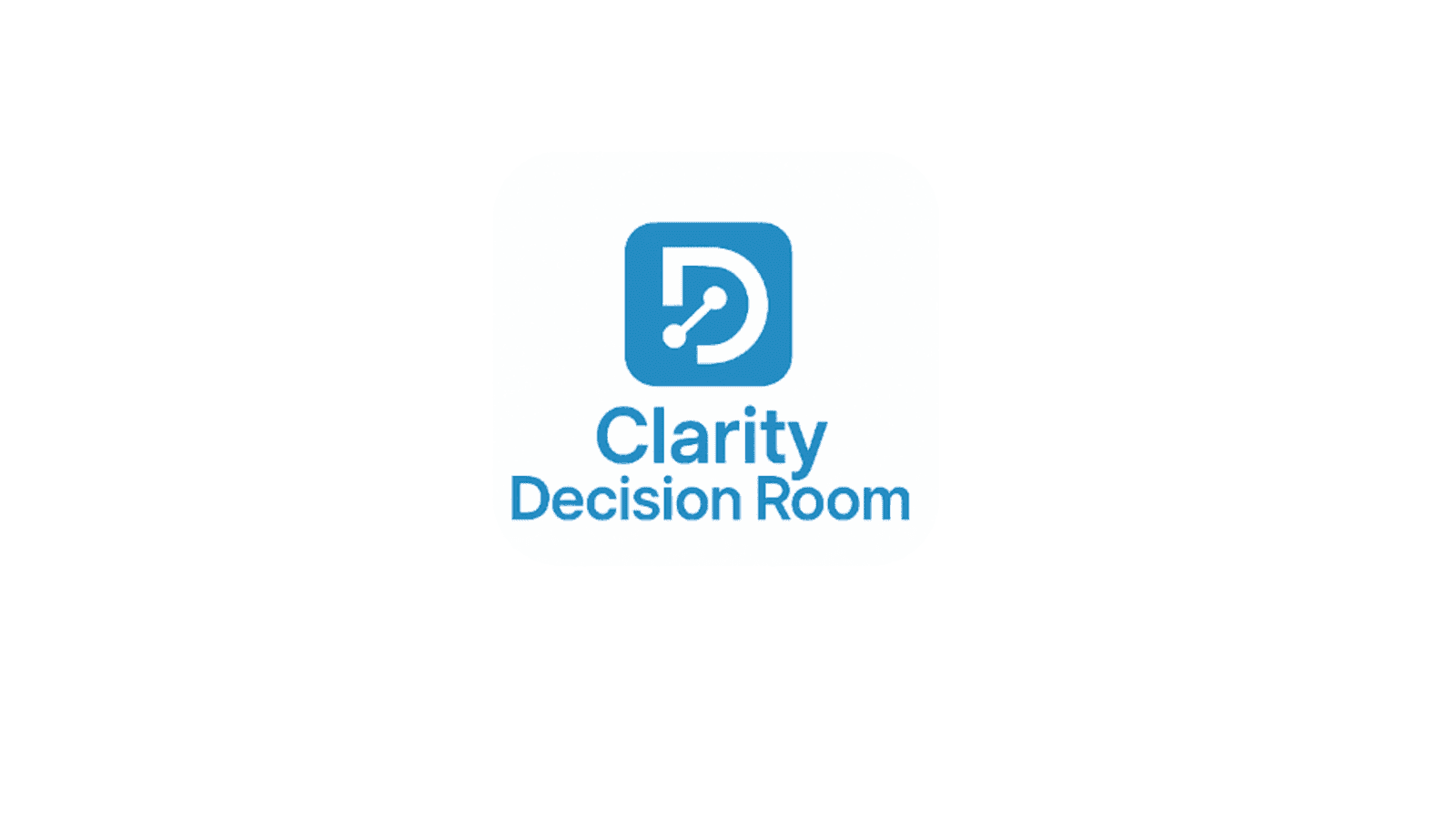Test, learn, and build with purpose. That’s how you move from “meh” to meaningful.
Clarity Metrics Group is building a decision app.But this isn’t just another tool for logging tasks or checking boxes. It’s designed to reinforce, and for many, introduce the decision blueprints we give our clients. And yes, it includes a badging system. Why? Because decision-making, while important, often feels dull, anxiety-ridden, and let’s be honest… not exactly fun.That’s where gamification comes in.
Gamification helps drive engagement. It taps into both intrinsic and extrinsic motivation. As we explored in a recent article, people like to feel good. And they like to win. I know, one of those hard truths. But it’s not a bad thing. That competitive energy can be harnessed for good.
- Who’s the most consistent in logging their decisions?
- Who’s leveling up in decision aftercare reporting?
Gamification makes it easy to spot and celebrate those wins.And no, this doesn’t mean you need a full-blown gaming system. Sometimes, small things like badges, ranks, or visual progress markers are enough to spark interest and consistency. Of course, there are fully loaded productivity platforms out there, but depending on your team, those might feel energizing or totally annoying.
Which brings me to the real point: be intentional.
So, how can you be intentional about introducing gamification?
- Start with a pulse check. Ask a few simple questions in your next team meeting or survey: What motivates you? What feels rewarding at work?
- Observe your current behavior loops. Are people already competing informally? Celebrating consistency? Avoiding friction points? These are clues.
- Test with low stakes. Introduce one small mechanic like a badge for consistency and gather feedback before scaling up.
- Talk to your early adopters. Every organization has champions. Use their enthusiasm (or hesitation) to calibrate what features will actually land.
- Consider the spectrum. Some teams may love dashboards and badges; others might prefer peer recognition or progress check-ins. It doesn’t have to look like a video game to work.
What works for one company won’t necessarily work for another. The key is to understand your culture before introducing systems that are meant to spark motivation. That’s how you avoid a total miss and design something that actually gets used.
Test, learn, and build with purpose. That’s how you move from “meh” to meaningful.
